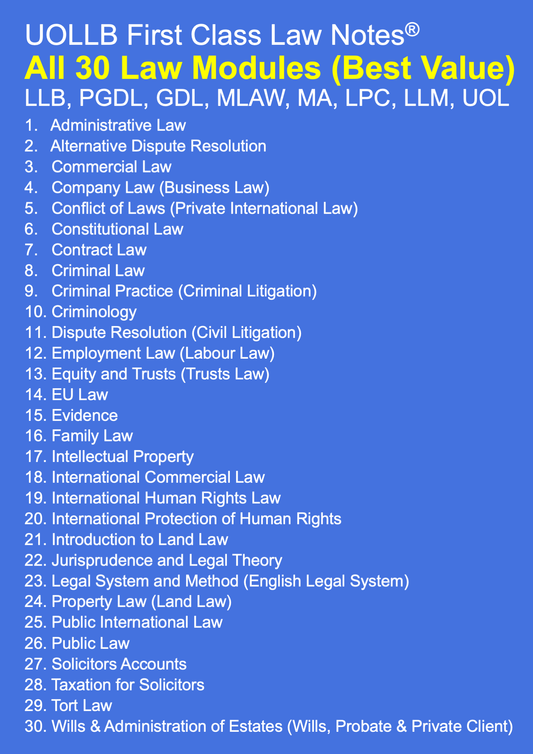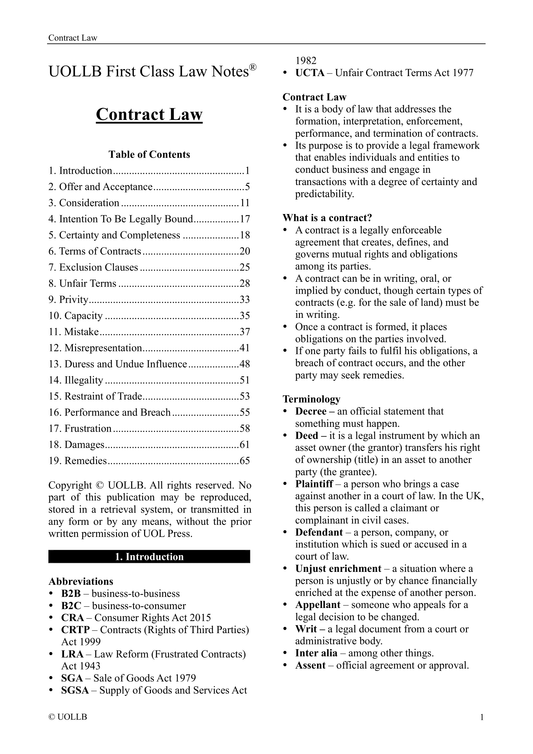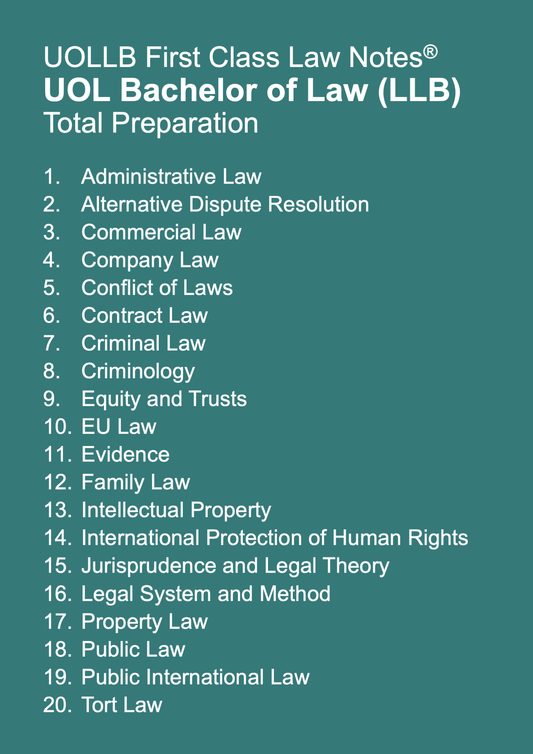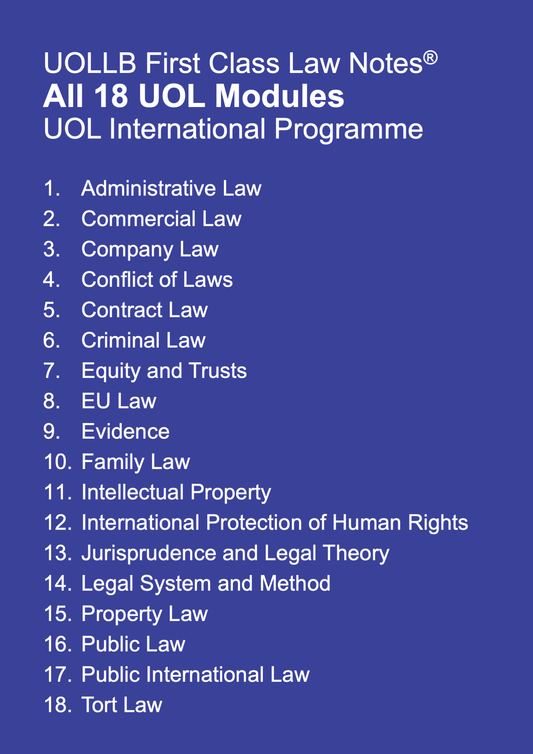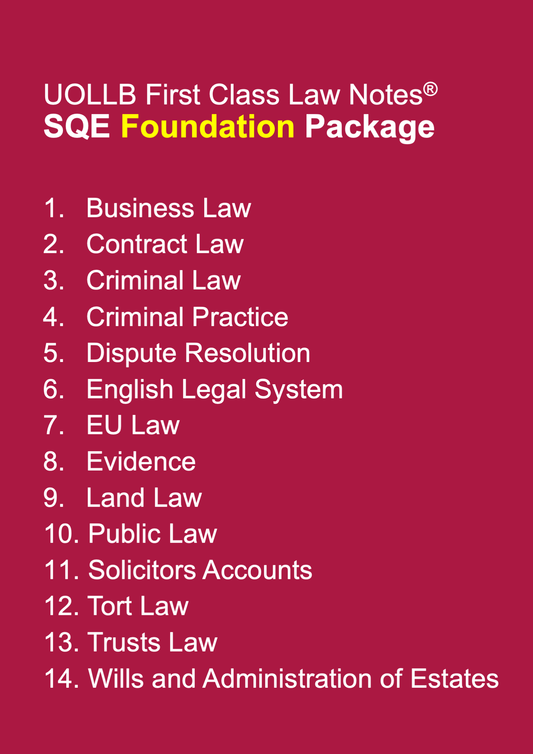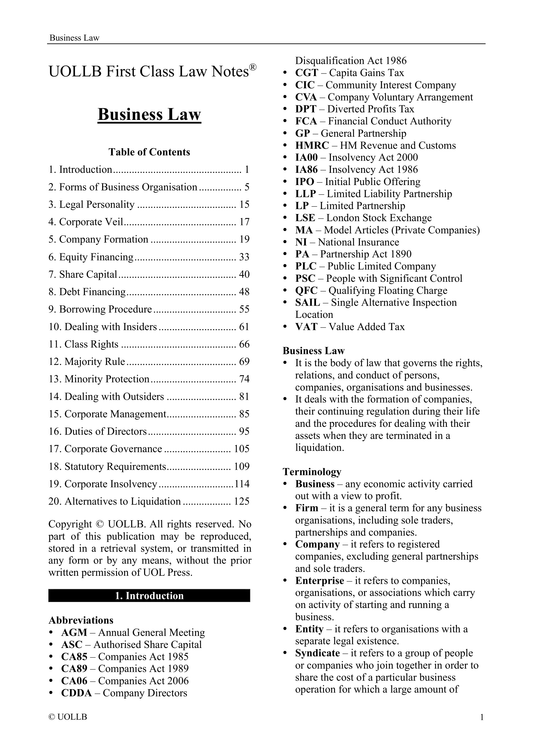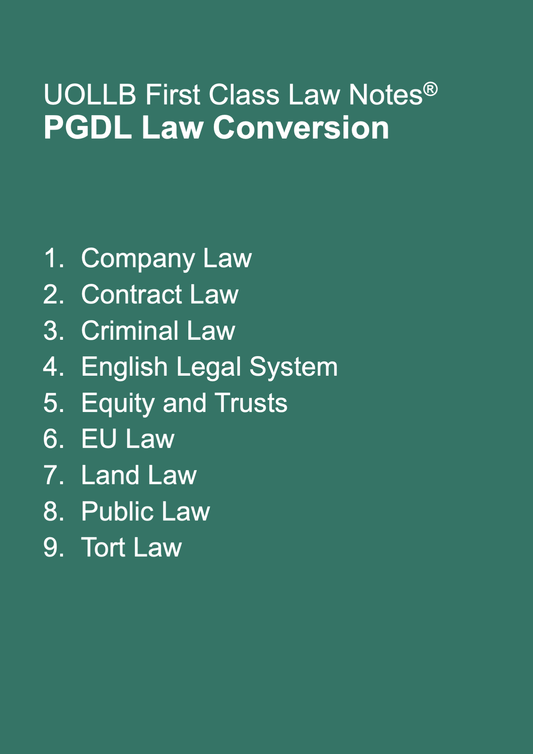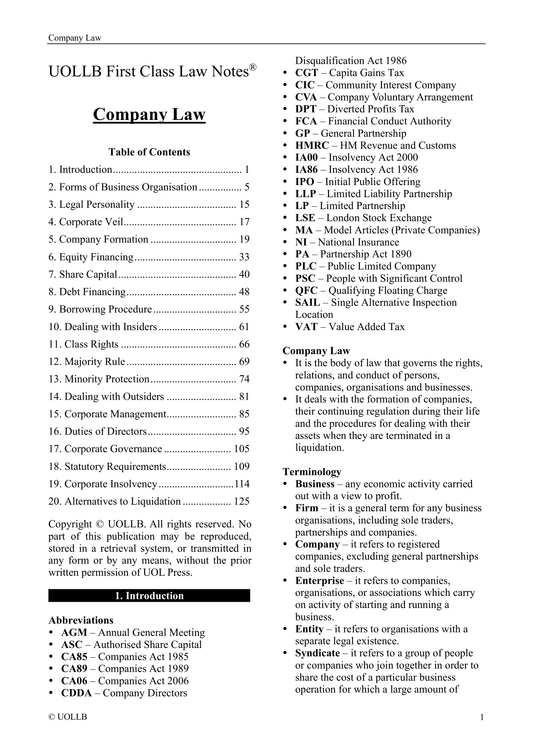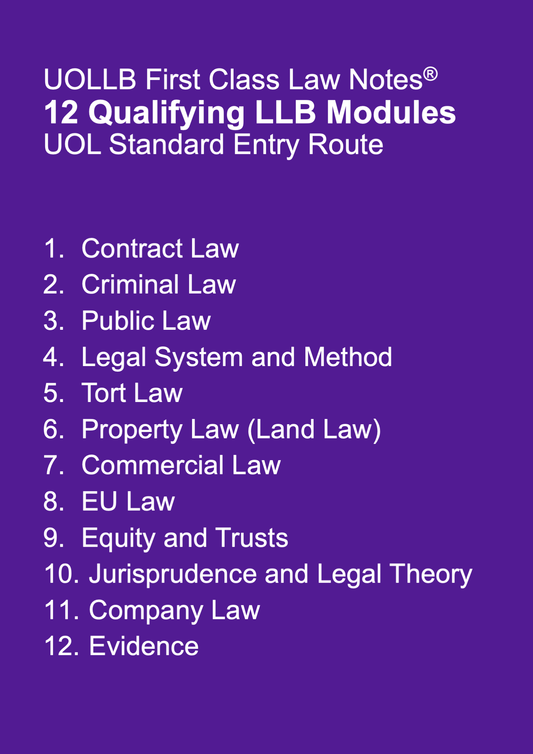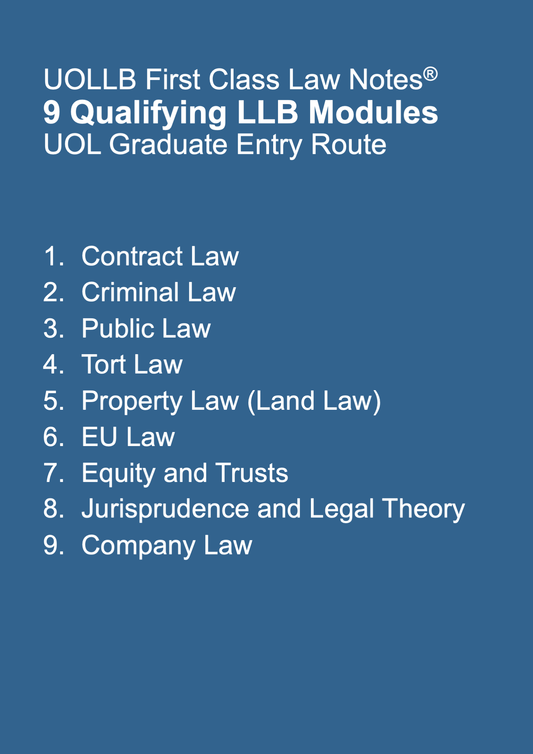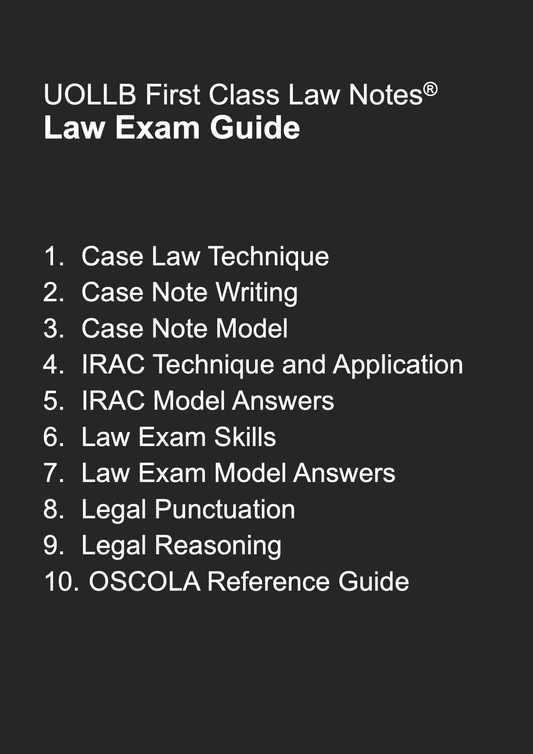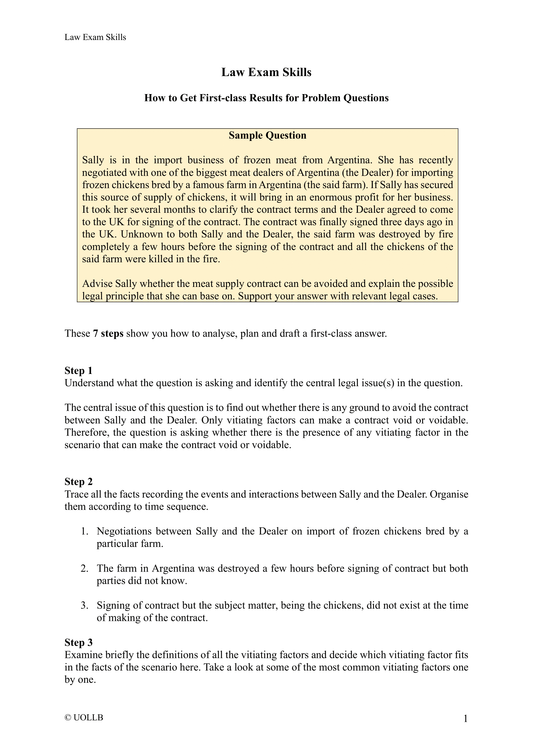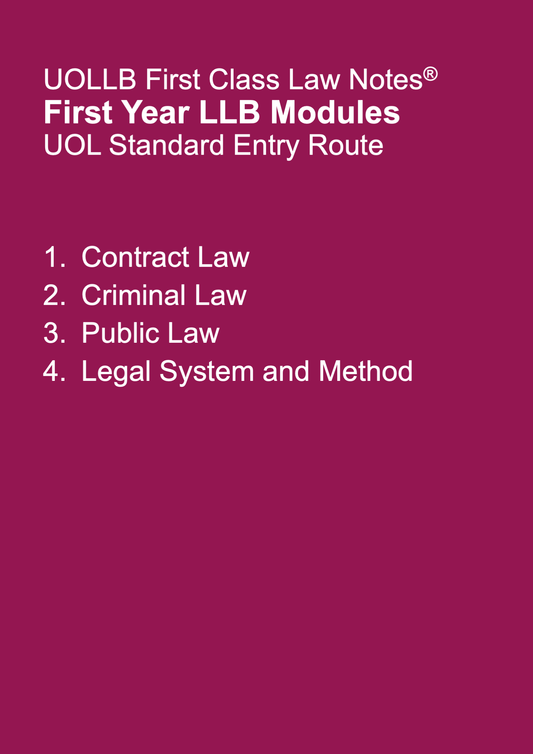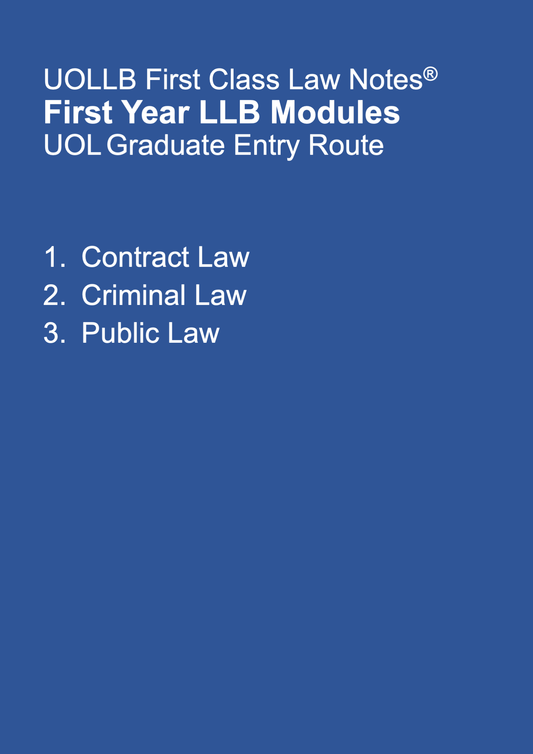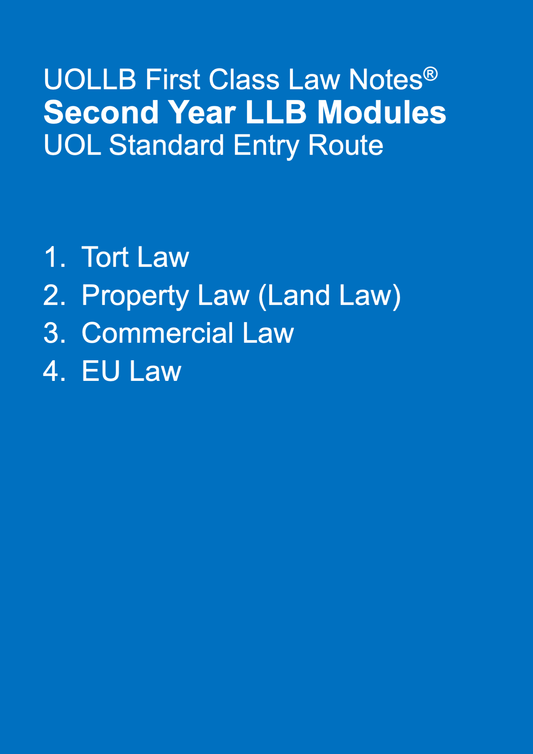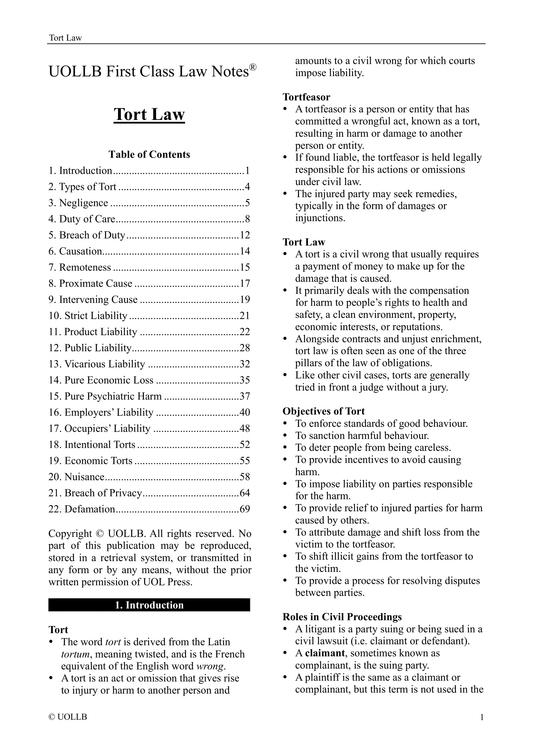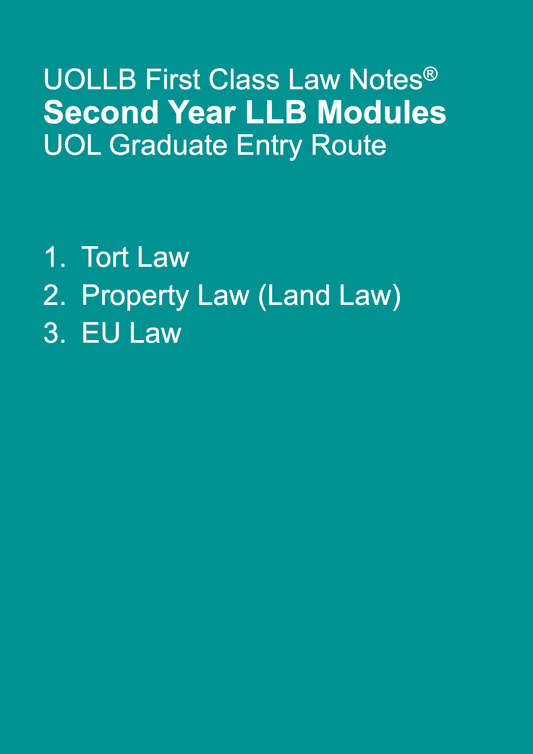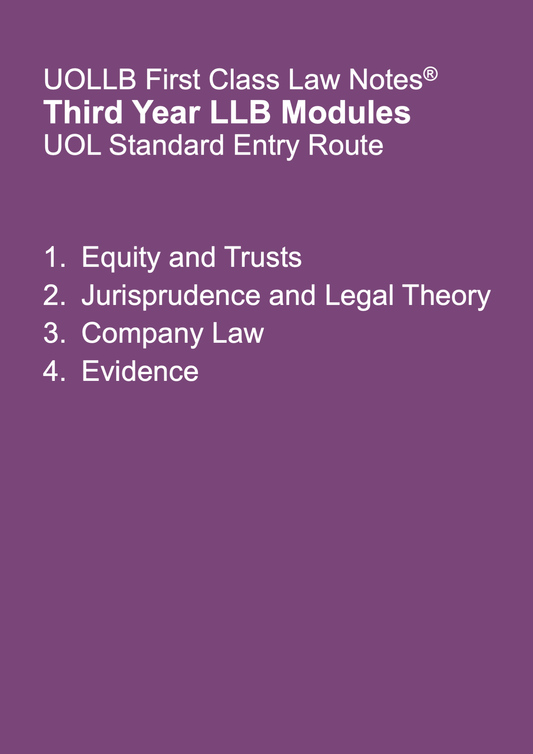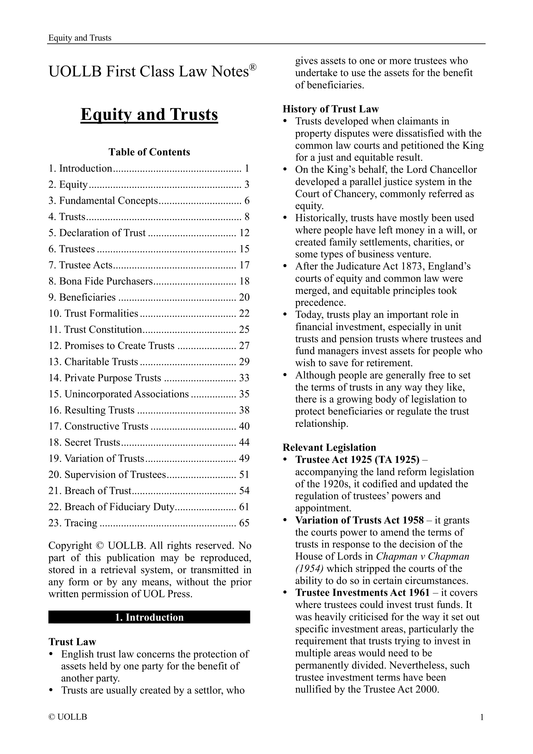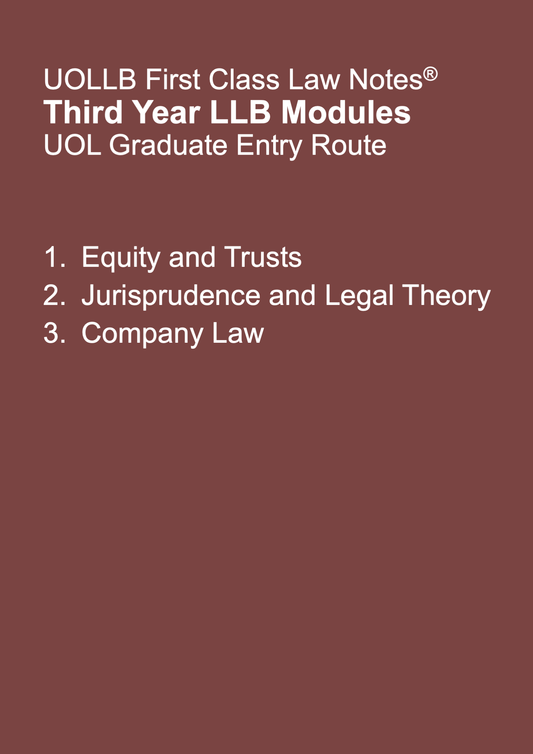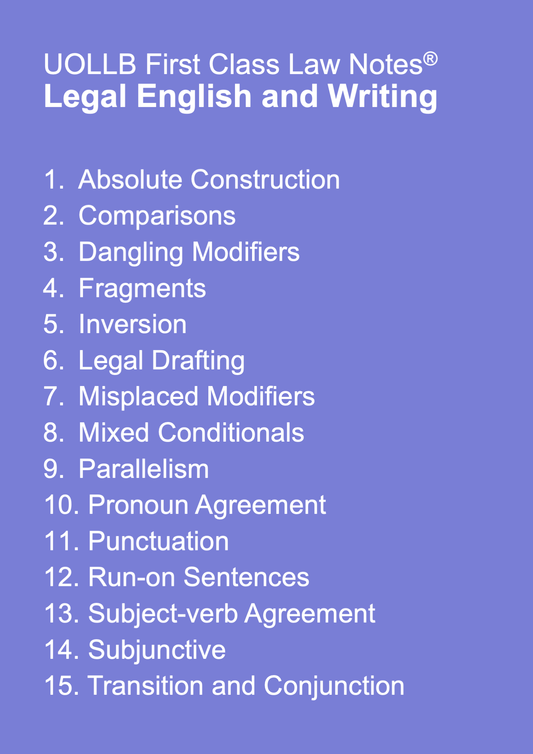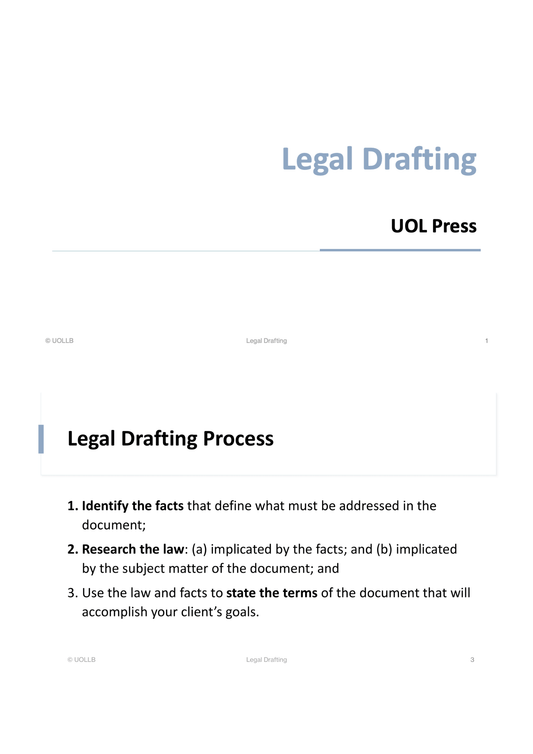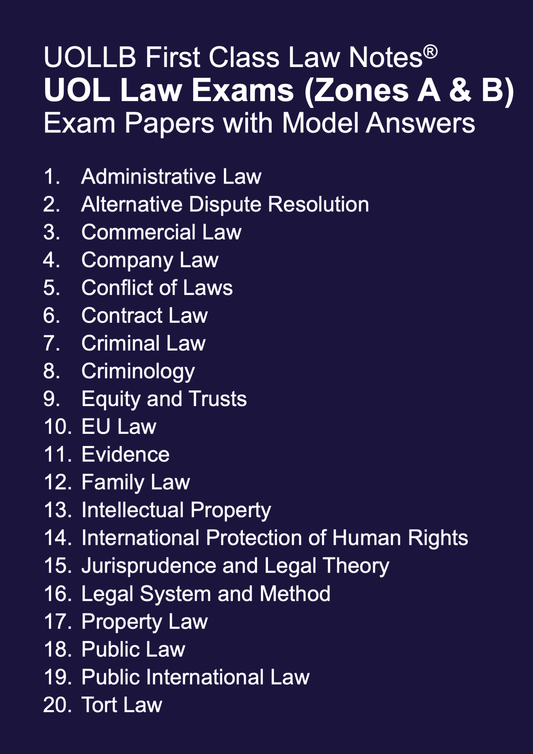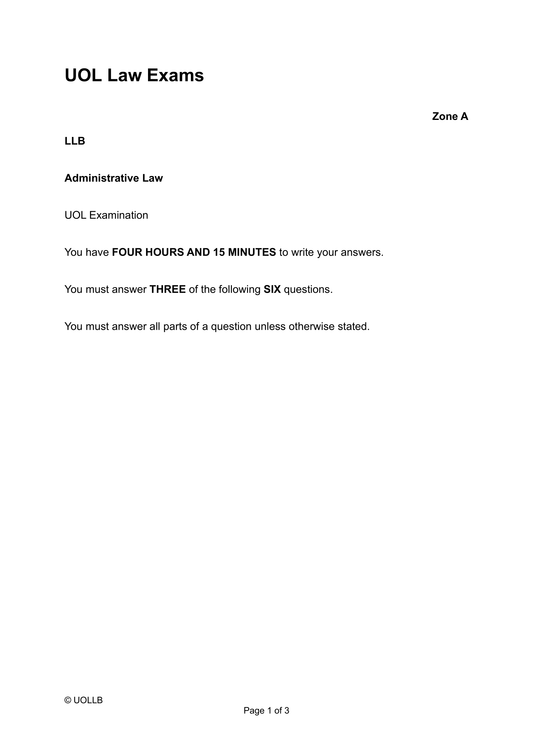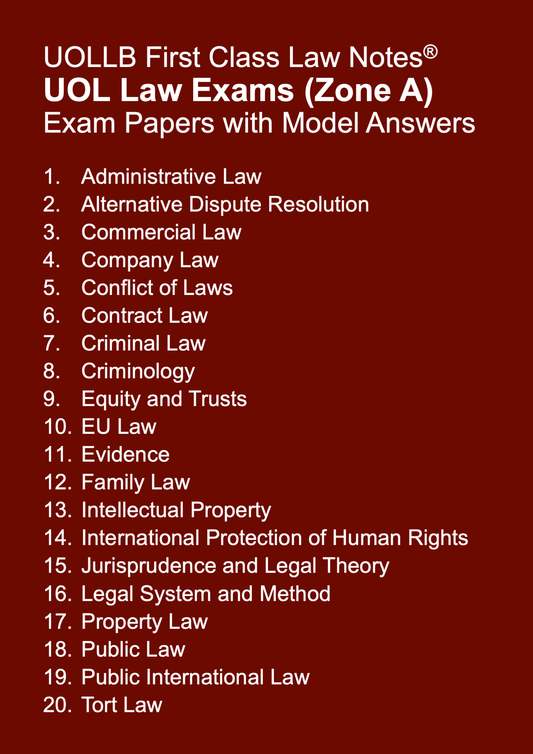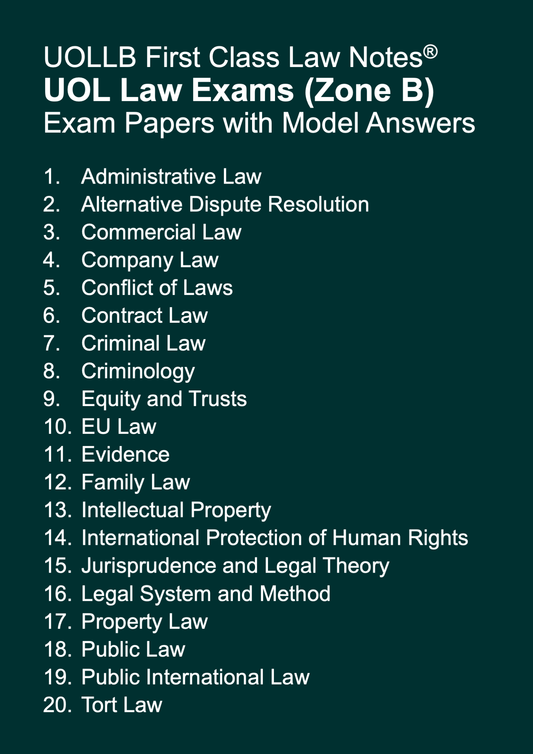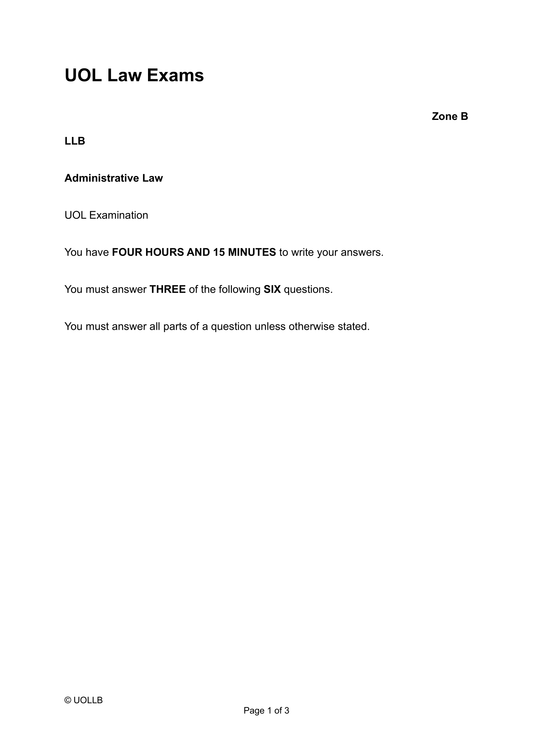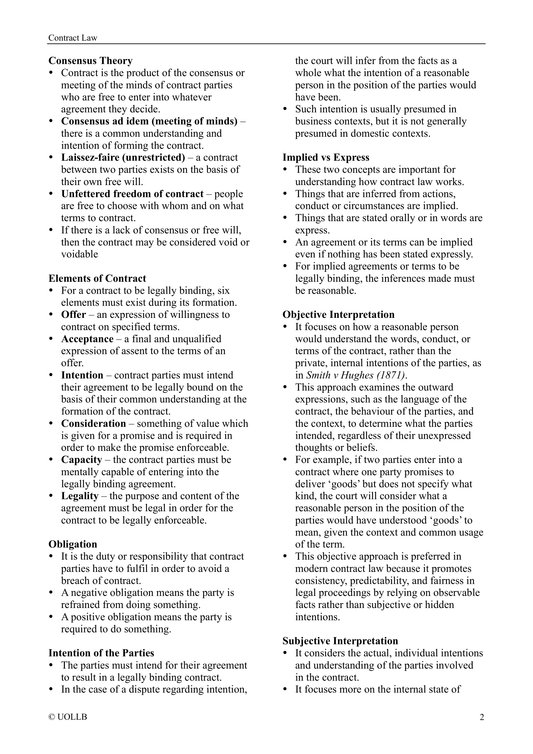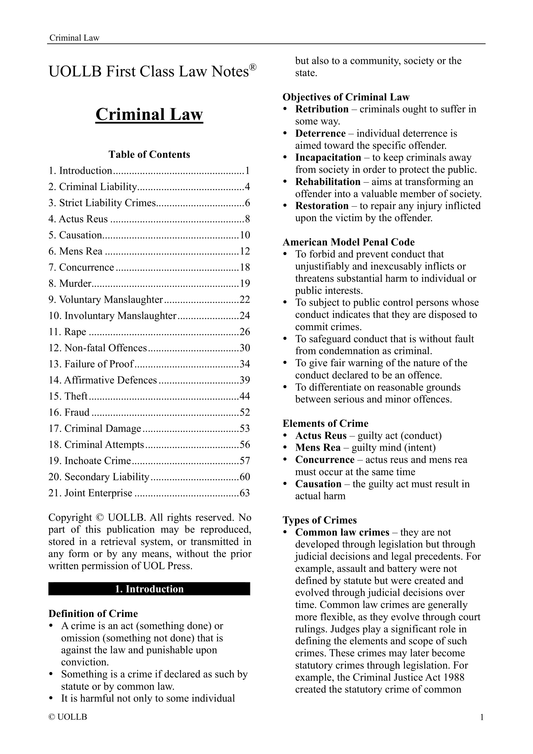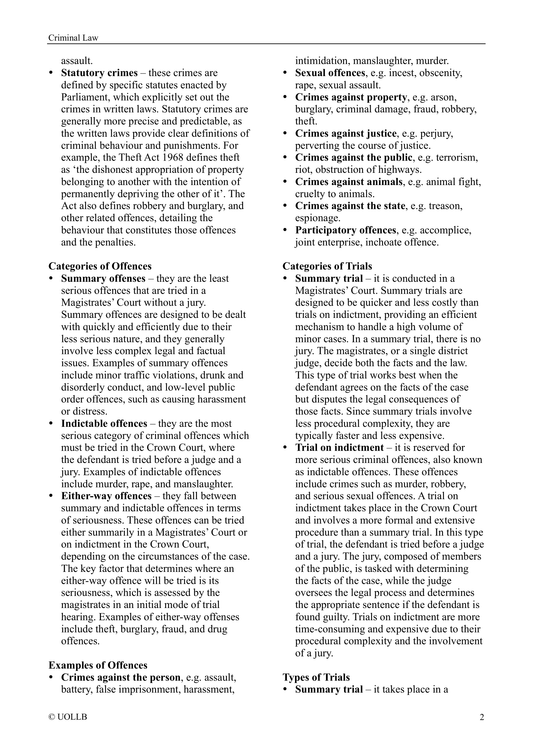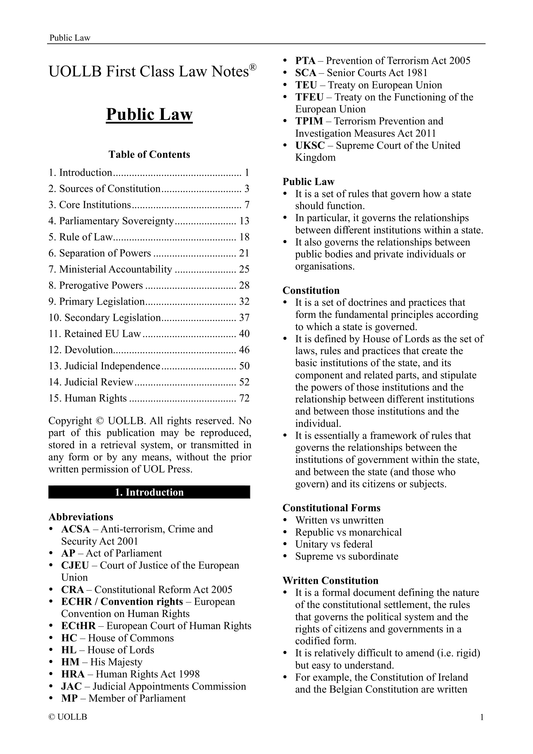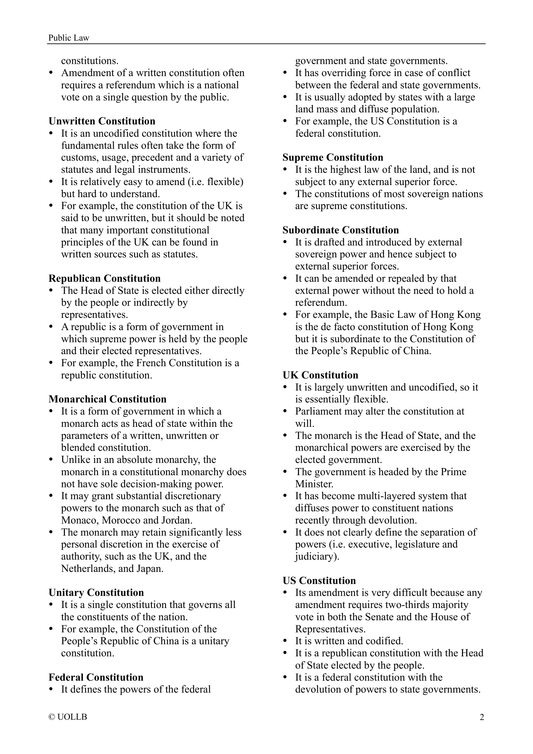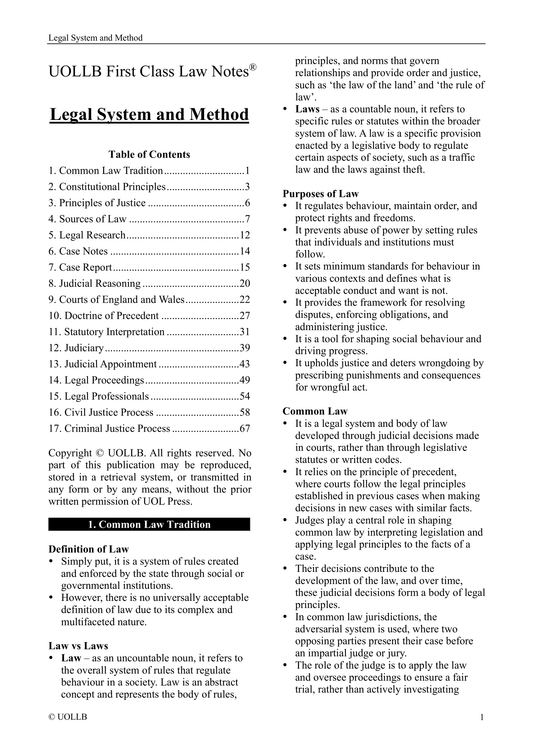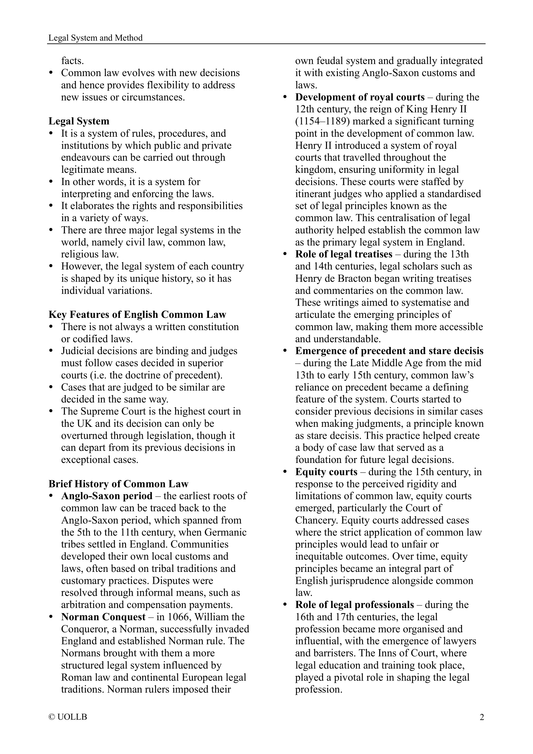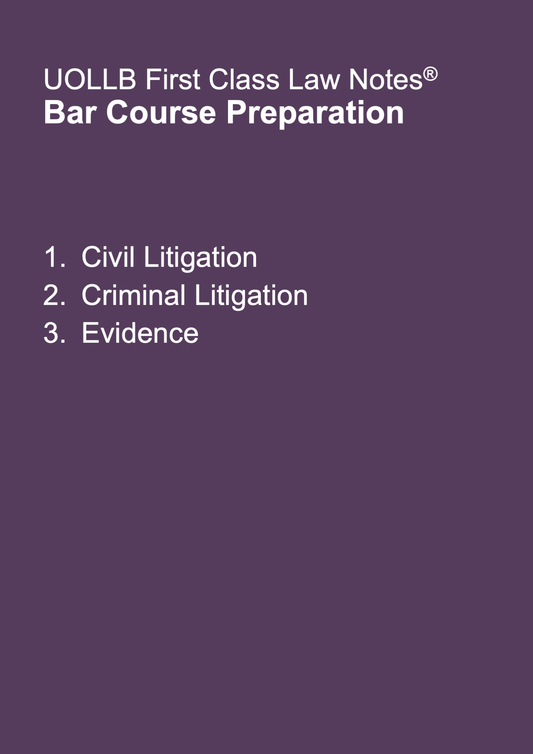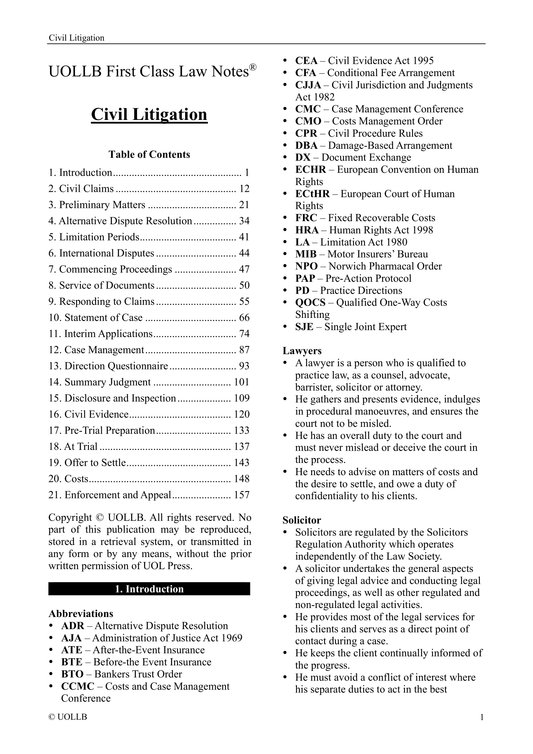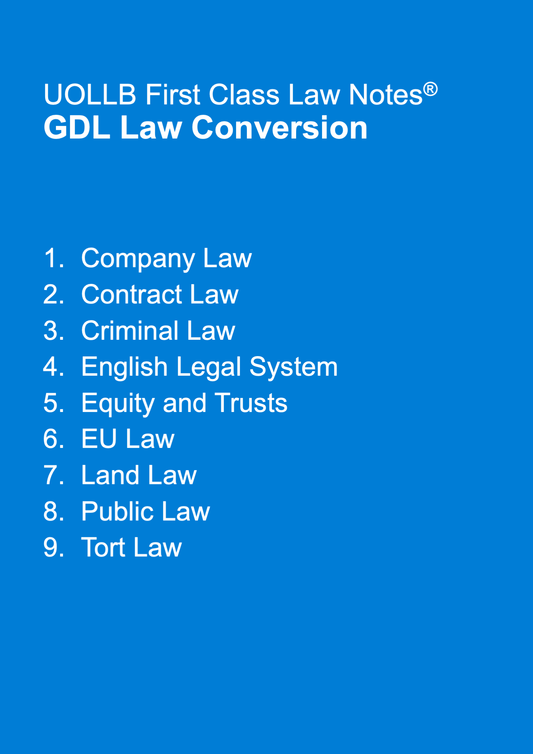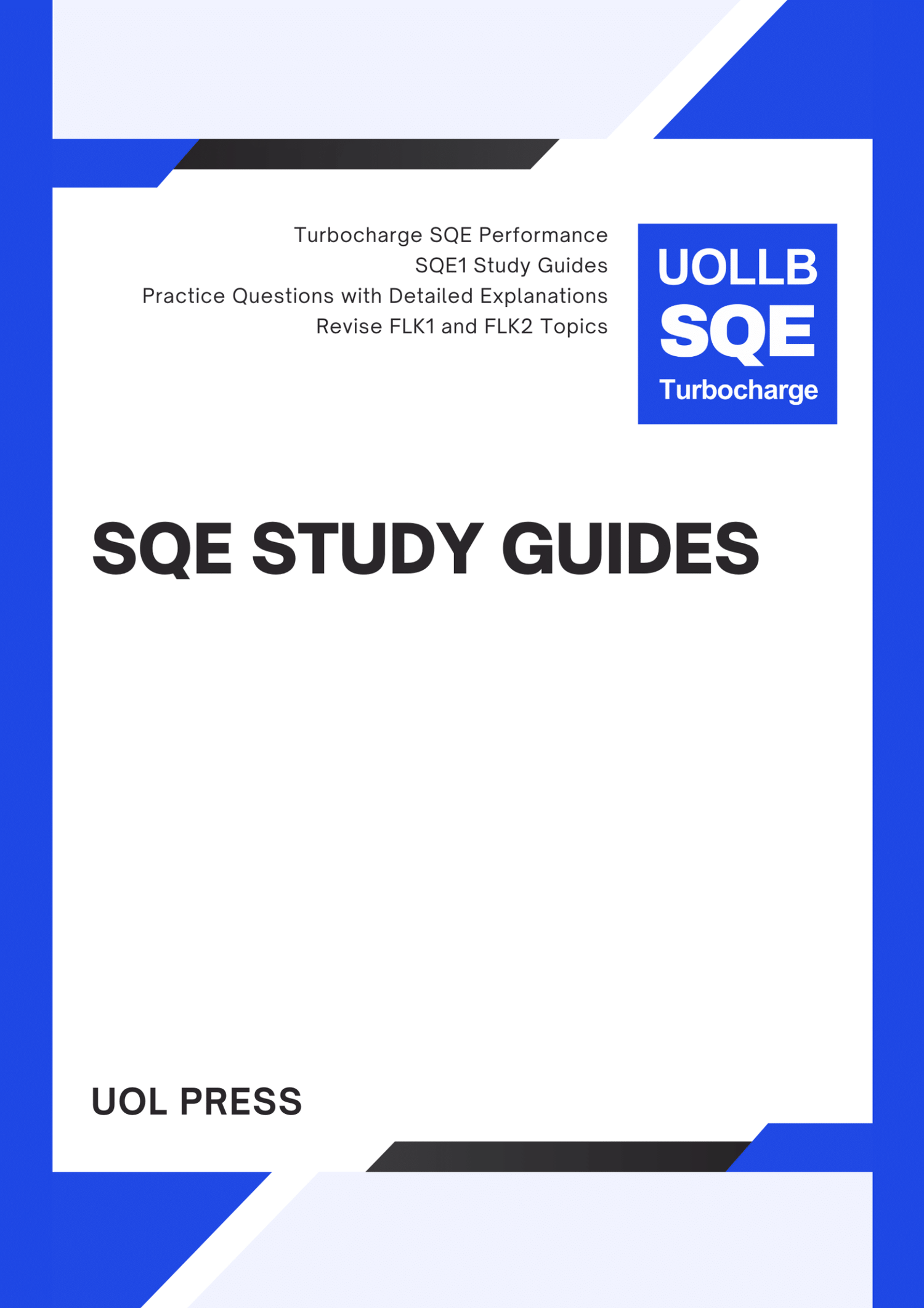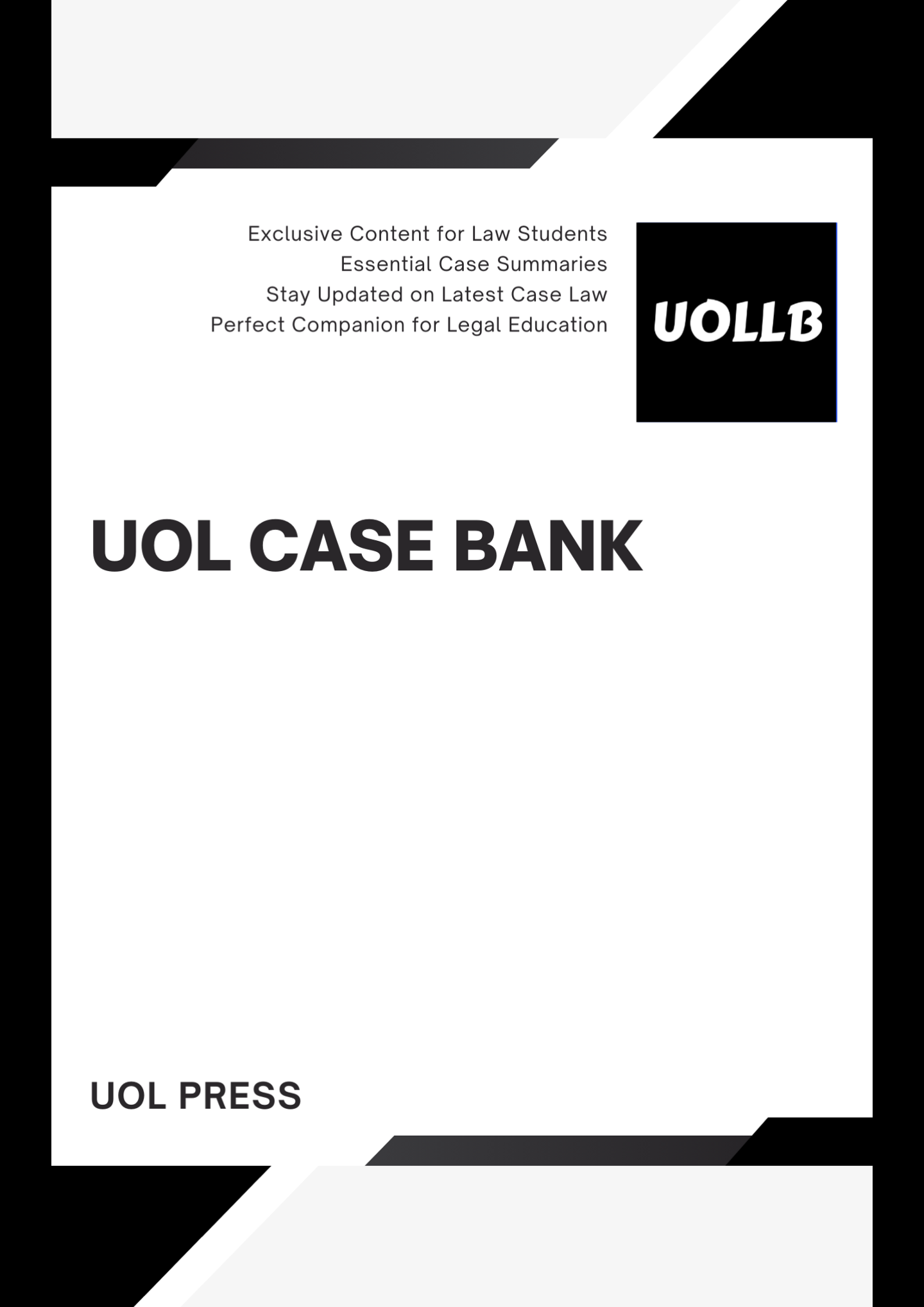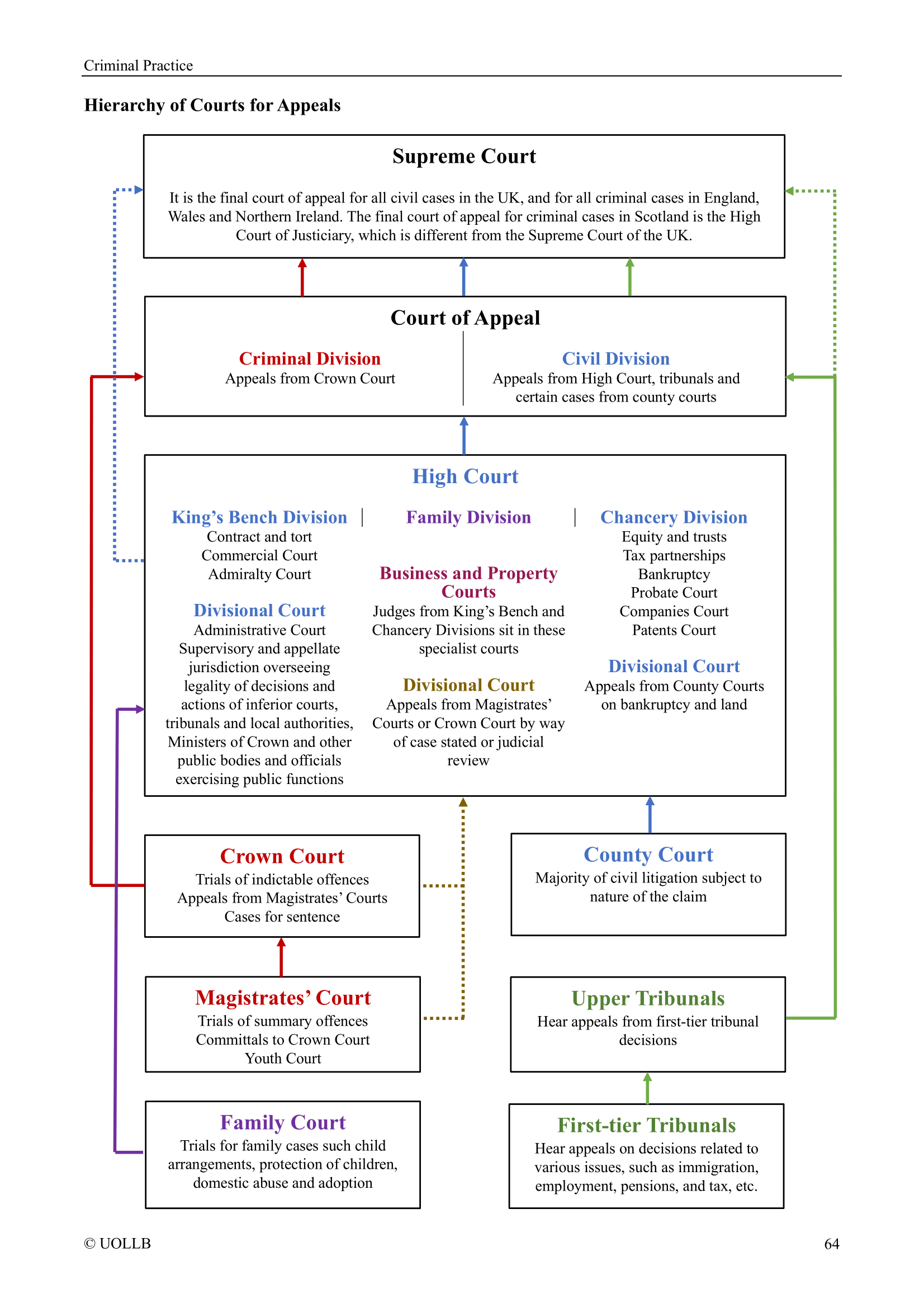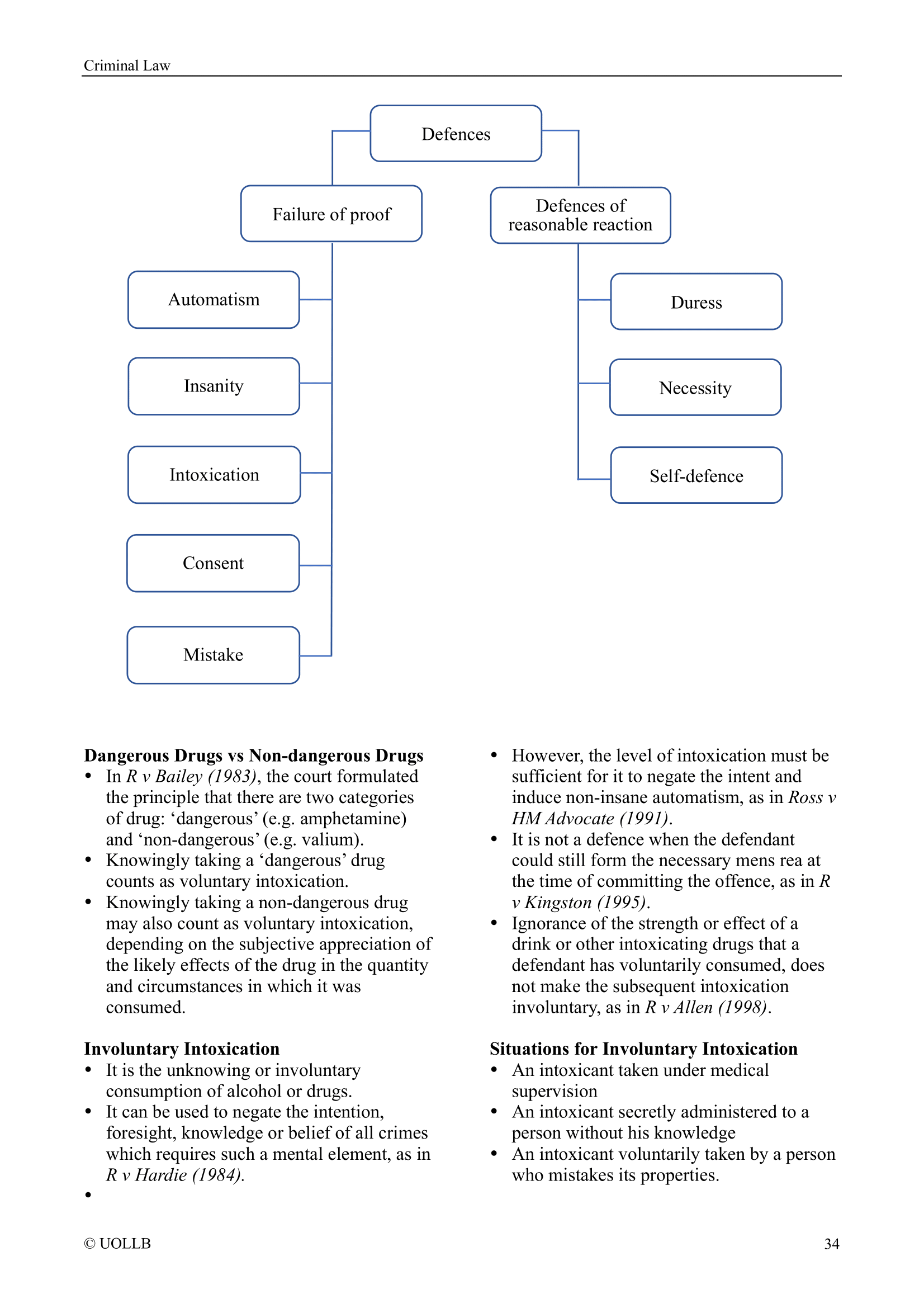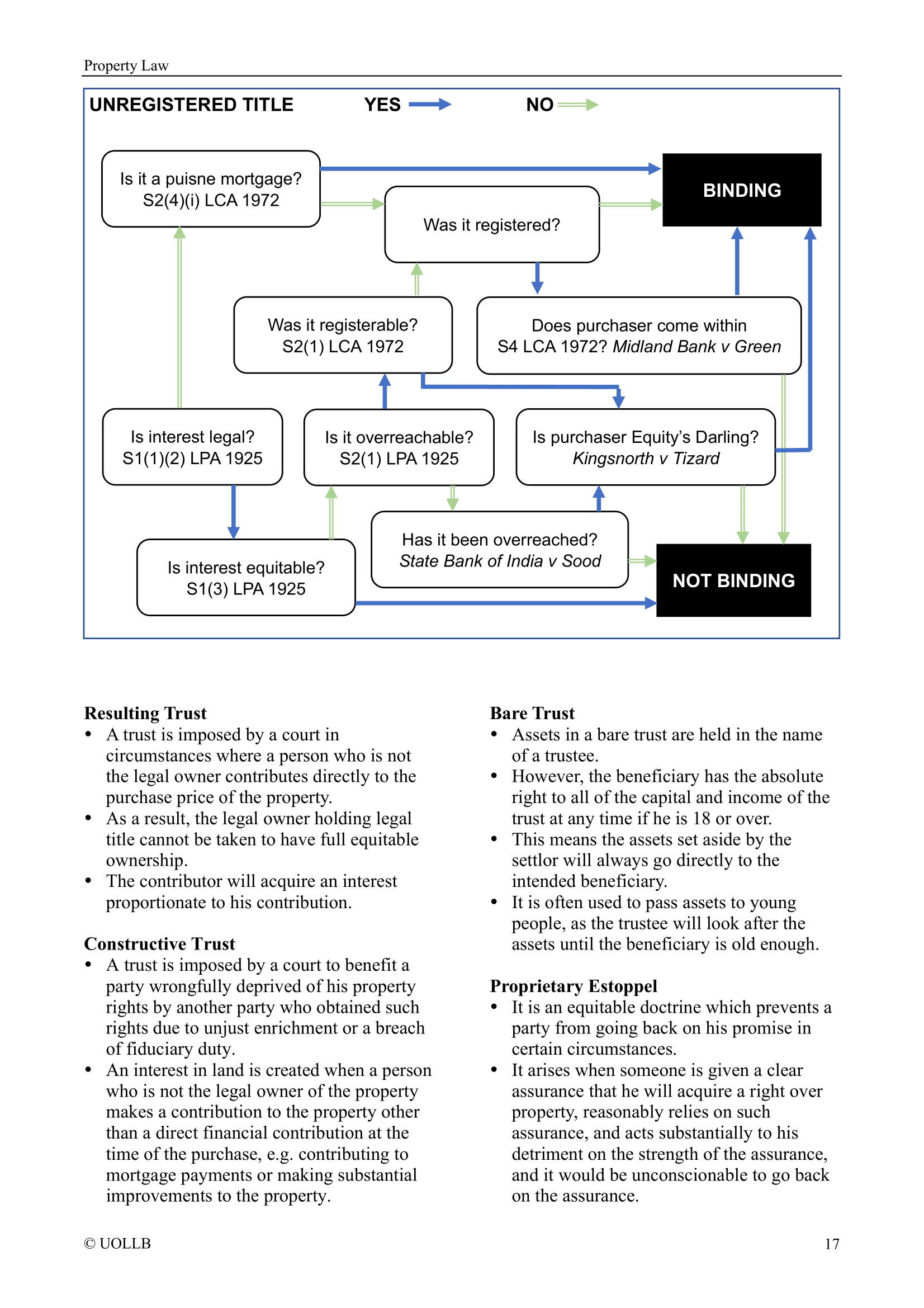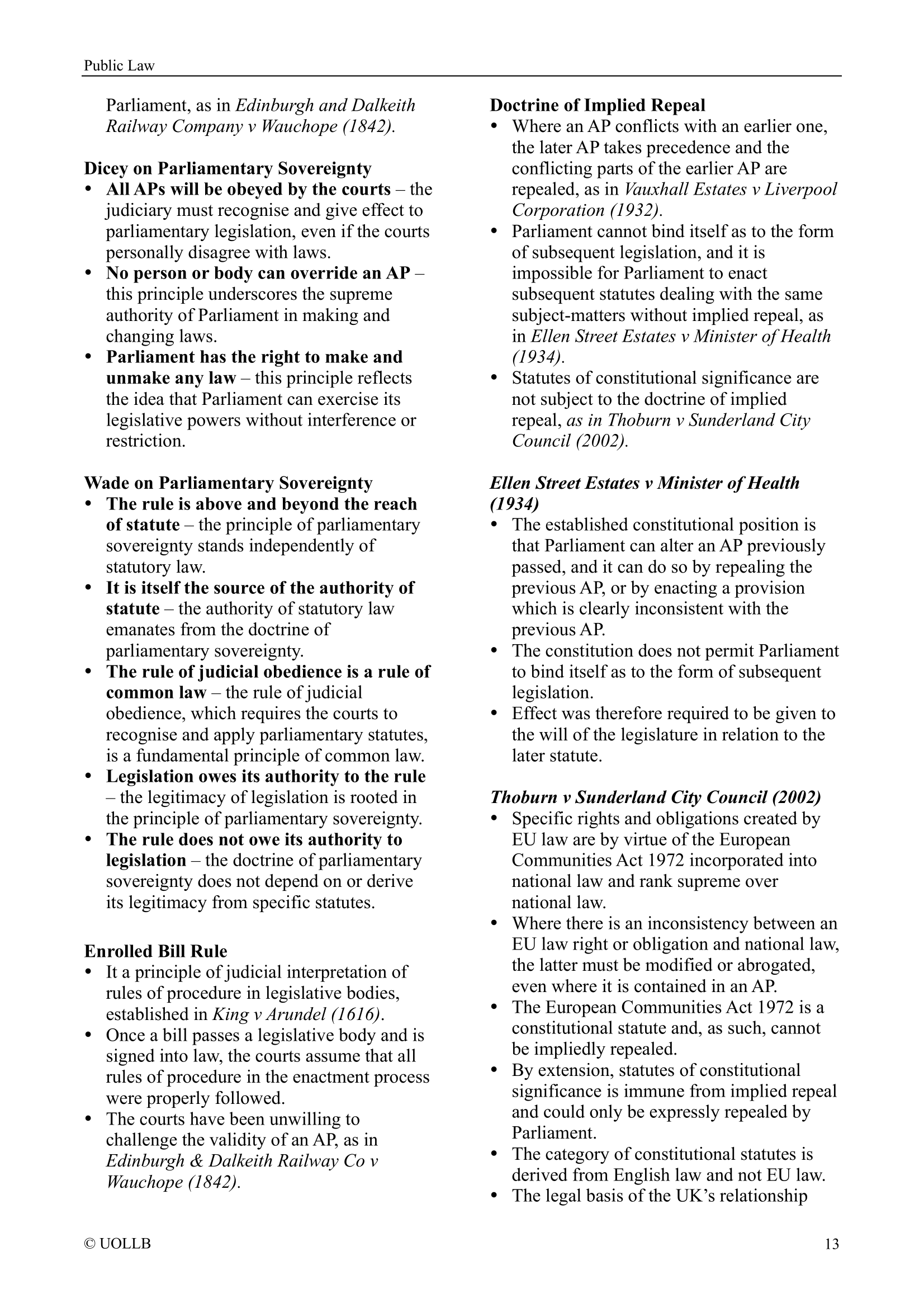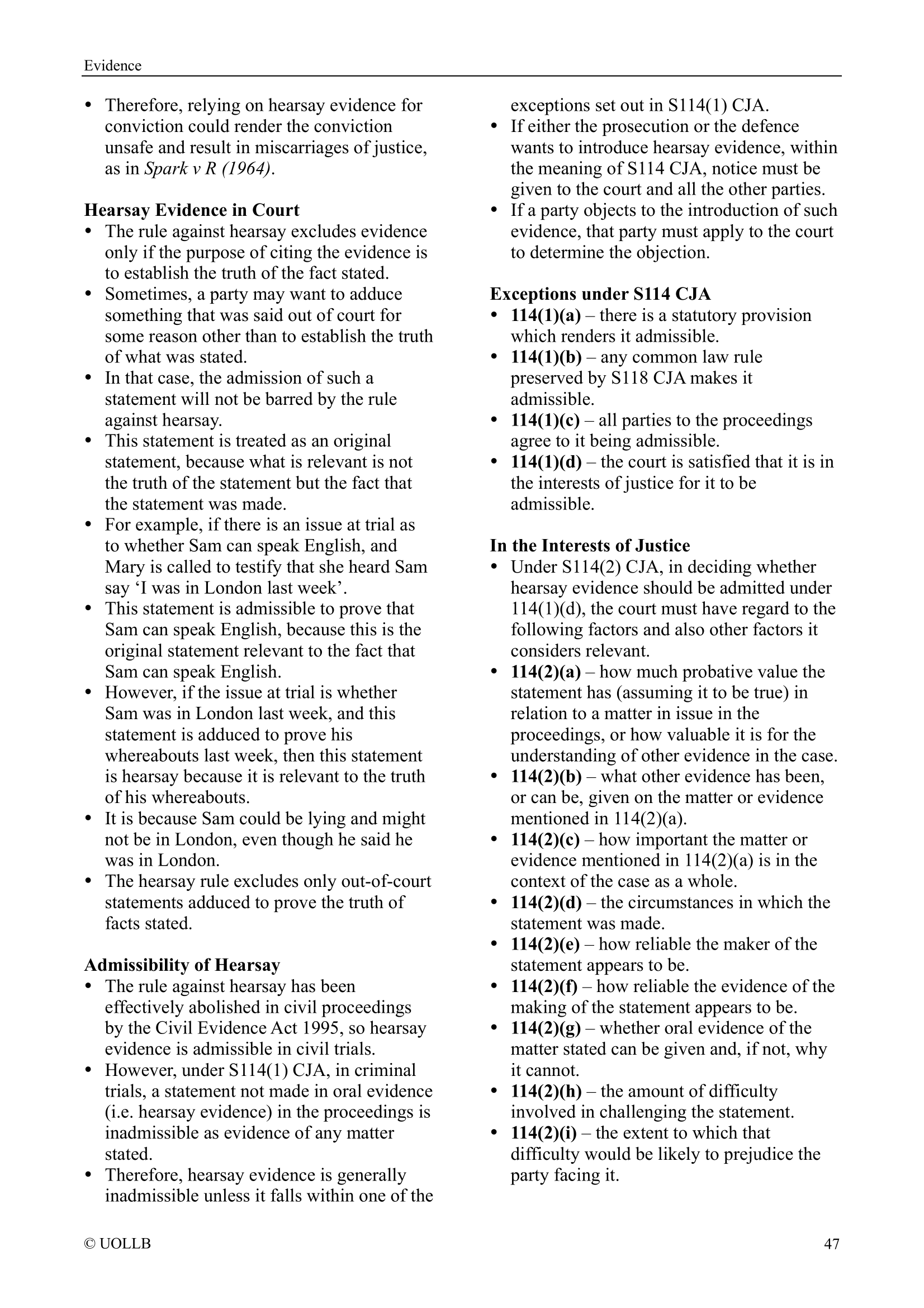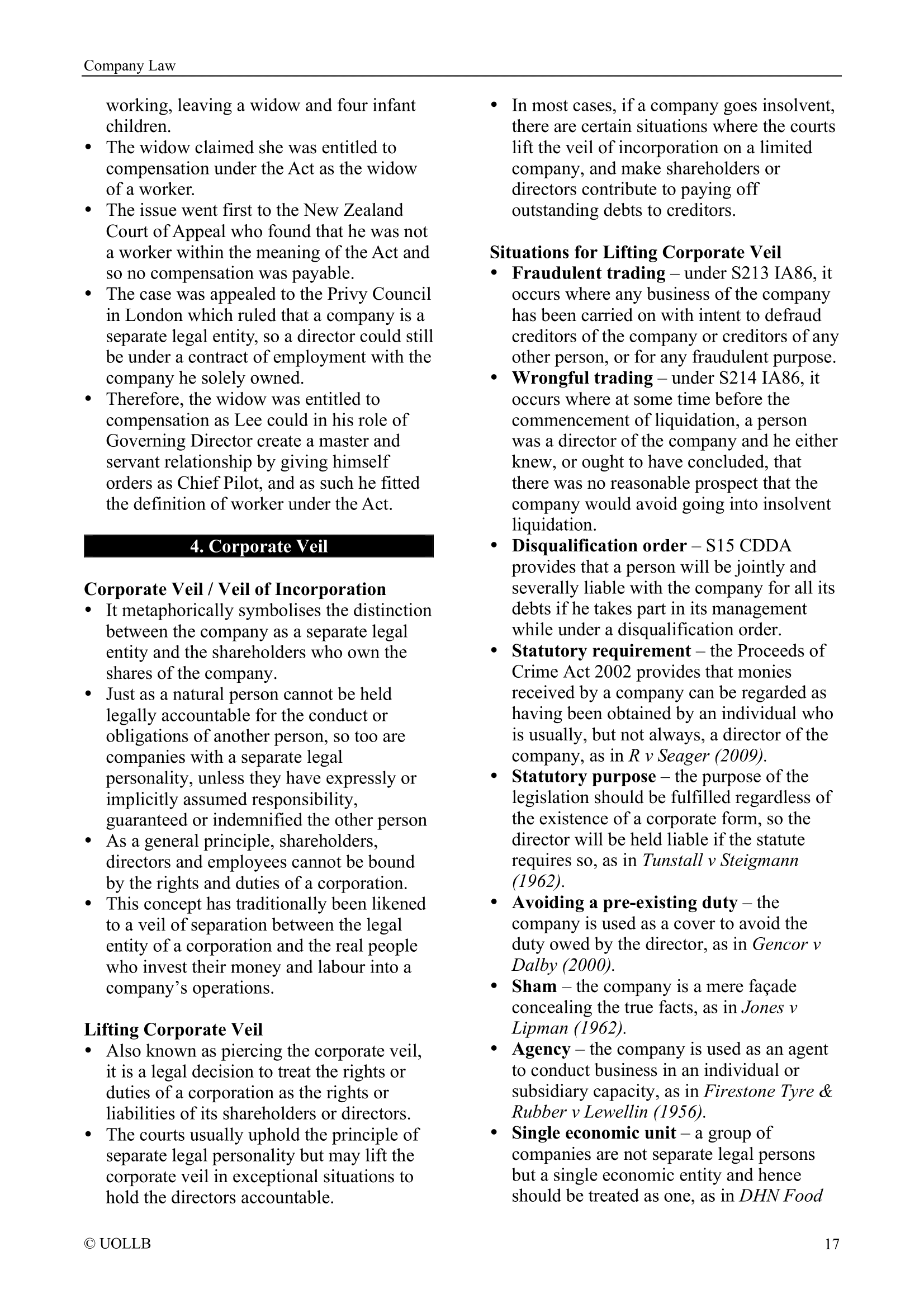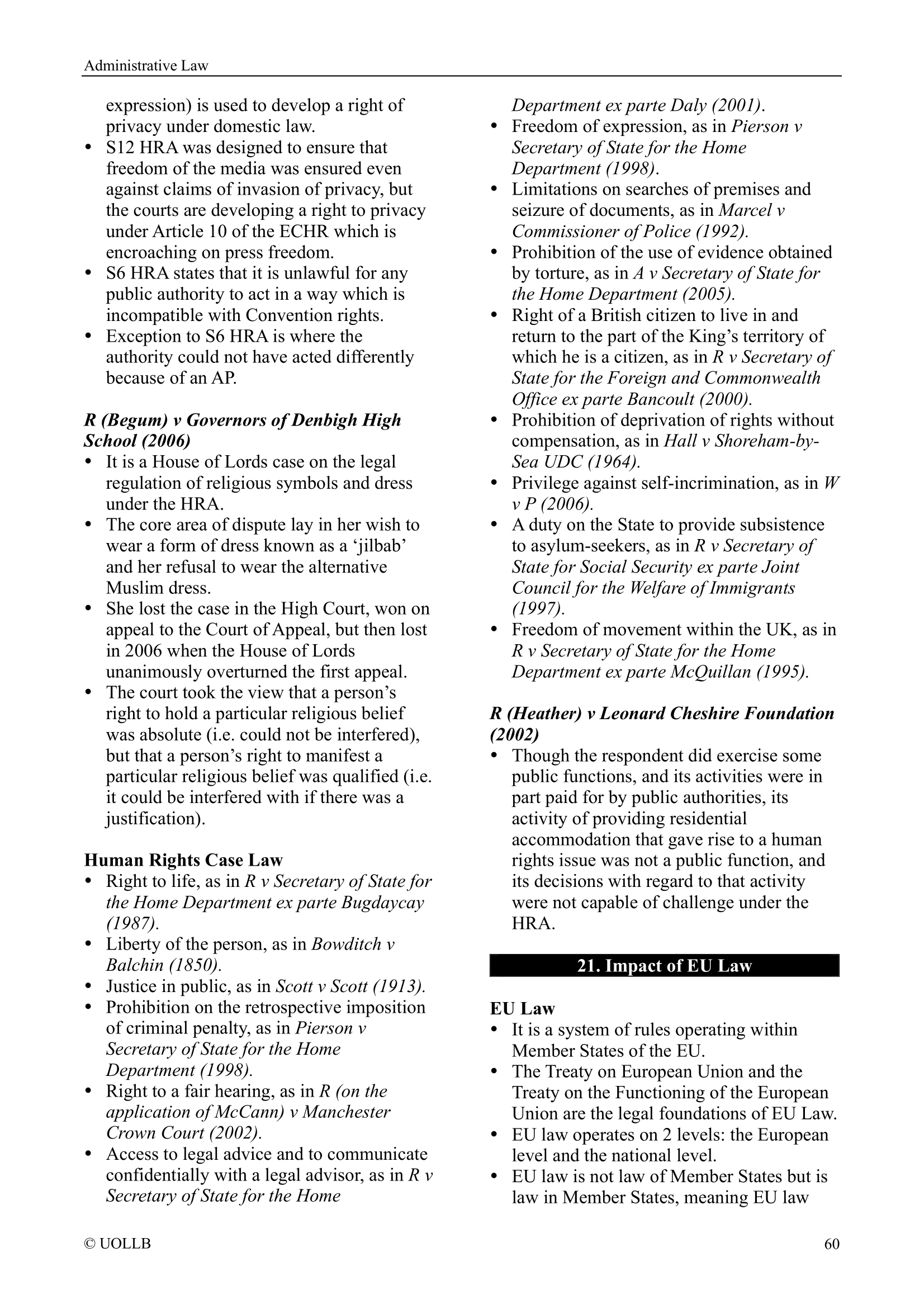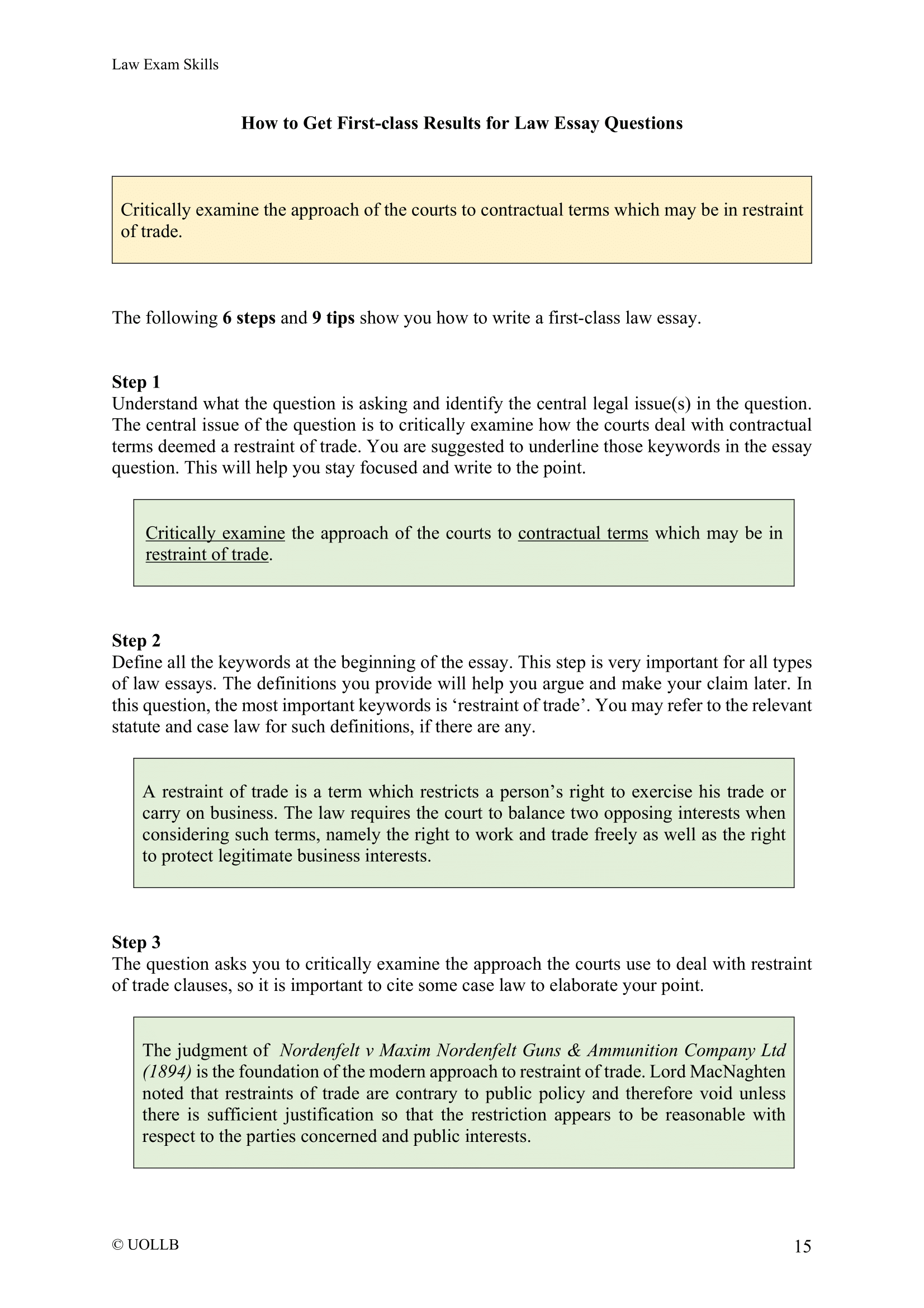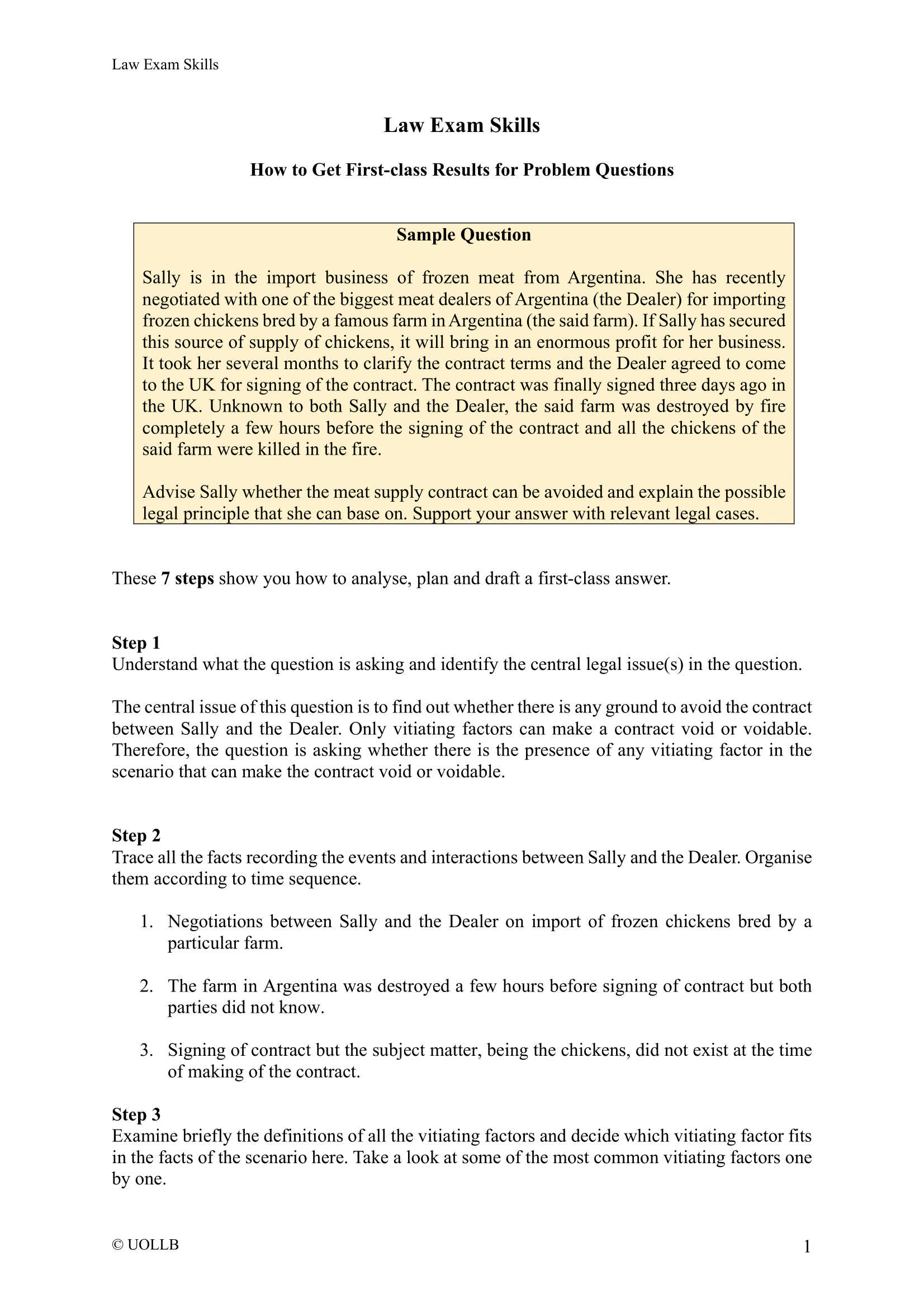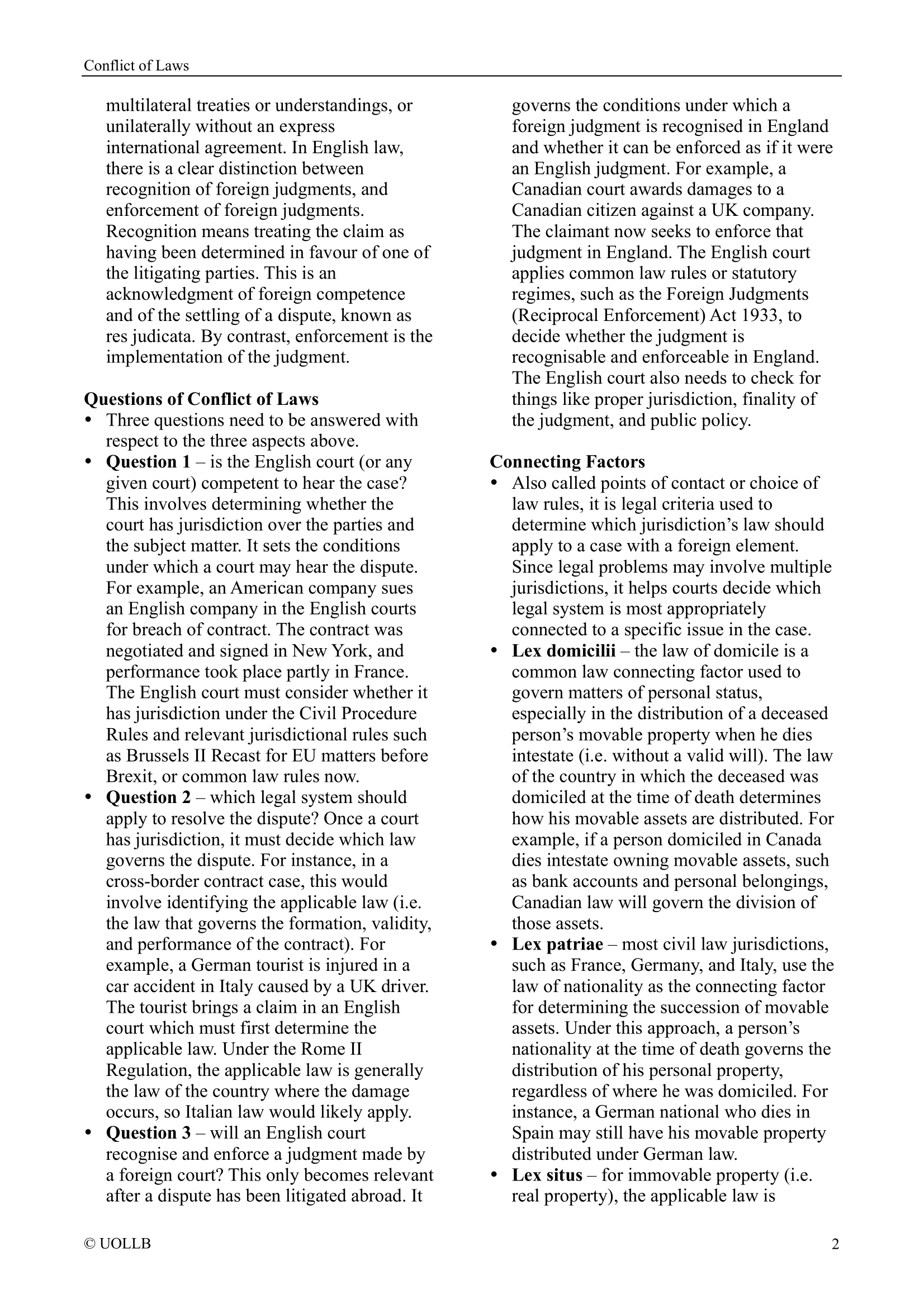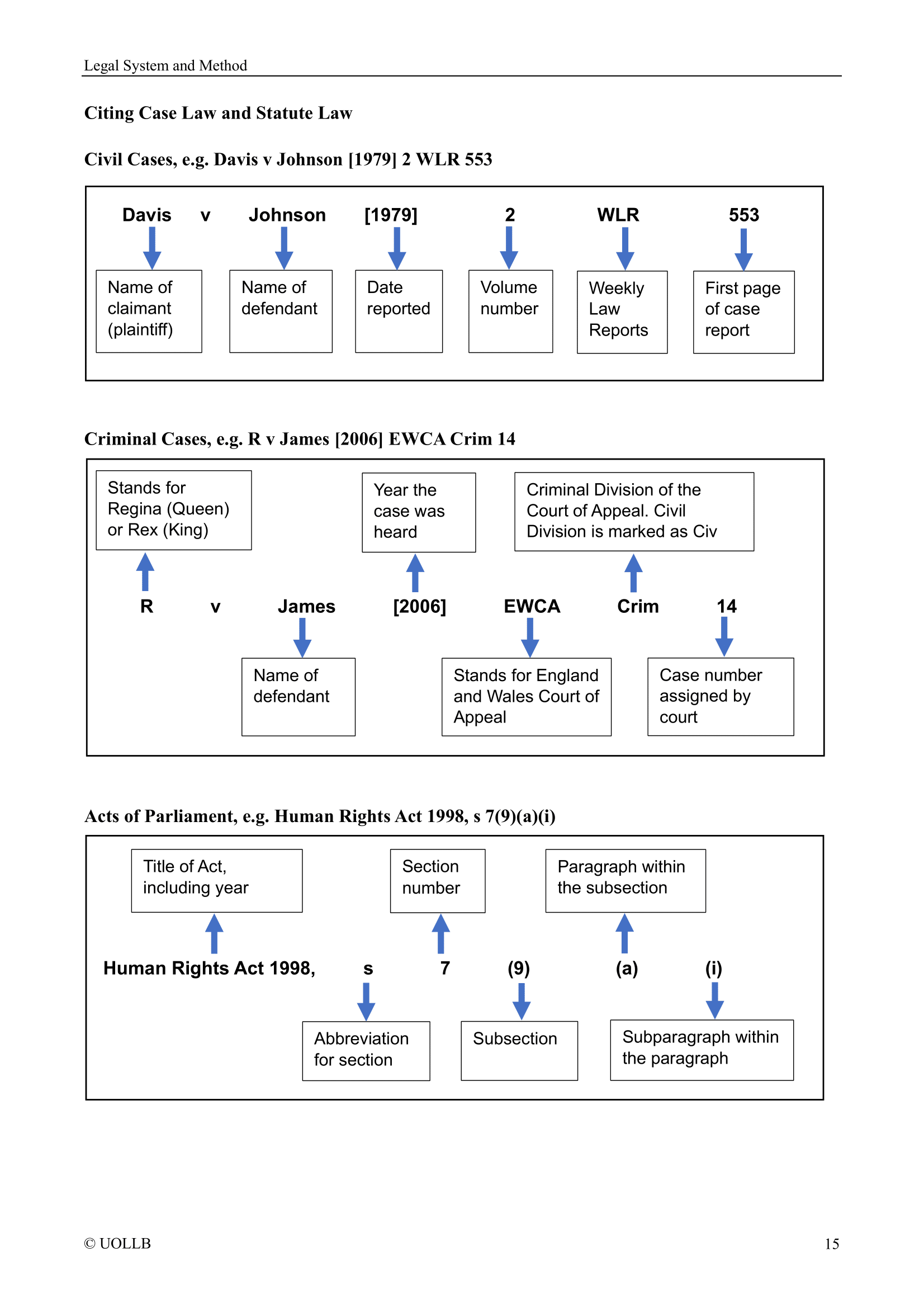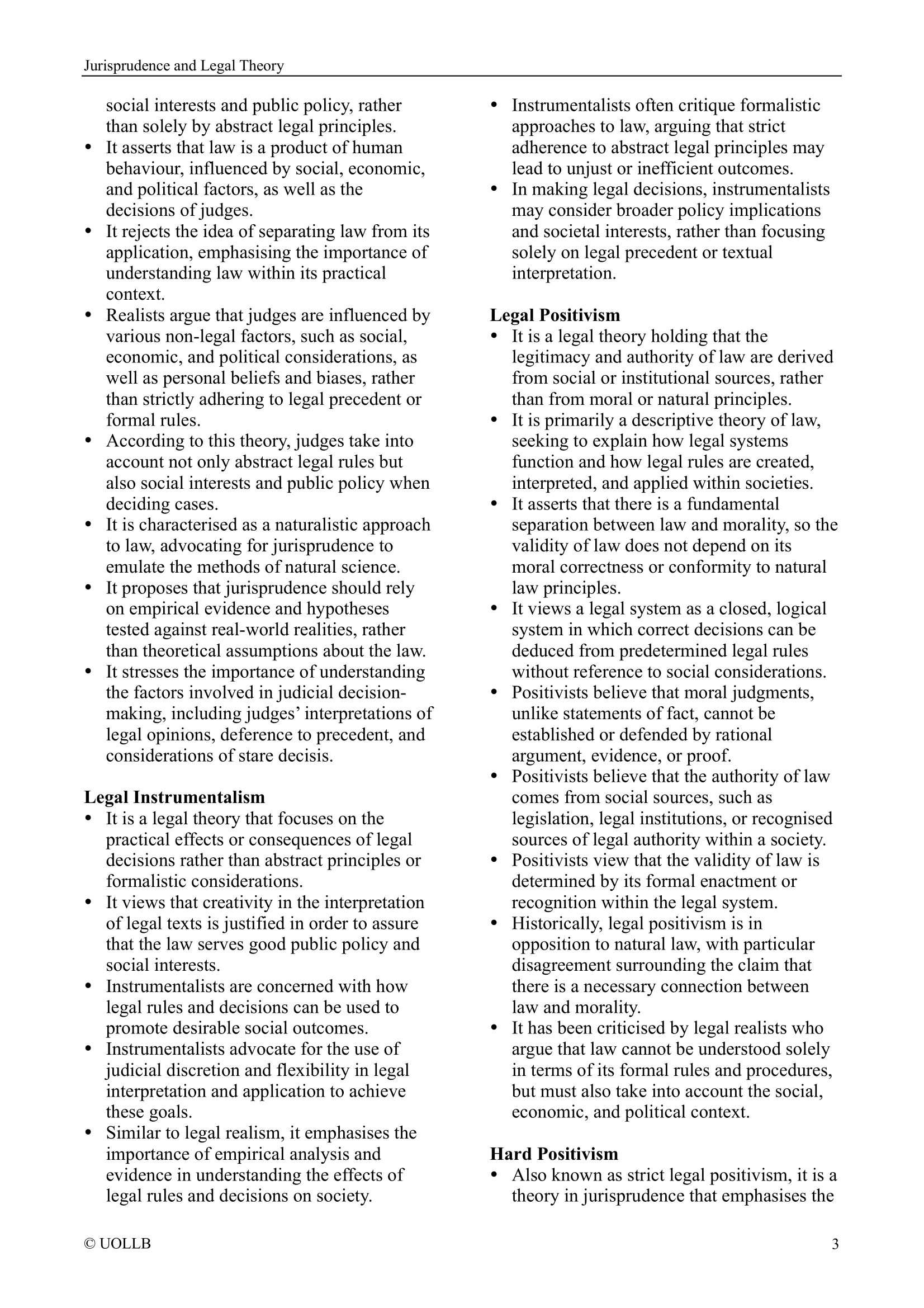Private Nuisance
Share
Private nuisance is a continuous, unlawful interference with the use or enjoyment of land or some right over the land. It is a civil wrong that can give rise to a legal claim against the person committing the nuisance. It is concerned with the effect on someone else’s land, not personal harm. To establish private nuisance, you must establish the presence of the following elements:
Examples of activities that may constitute private nuisance include:
To establish a claim of private nuisance, the claimant must show that they have a legal right to use and enjoy their property, that the defendant has interfered with that use and enjoyment, and that the interference is both substantial and unreasonable.
The court will consider factors such as the nature and extent of the interference, the duration of the interference, and the character of the neighbourhood to determine whether the interference is unreasonable. The following factors will be taken into account when assessing the reasonableness of the conduct:
- Continuous interference;
- Unlawful or unreasonable interference; and
- Interference of the use or enjoyment of land or some right over it.
Examples of activities that may constitute private nuisance include:
- Excessive noise, such as loud music or barking dogs, that interferes with a person's ability to enjoy their property.
- Foul smells, such as from a nearby industrial plant or sewage treatment facility, that make it difficult to use and enjoy a property.
- Smoke, dust, or other pollutants that drift onto a person's property and cause damage or discomfort.
- Tree branches or roots that encroach on a neighbouring property and cause damage.
- Water runoff or flooding from a neighbouring property that causes damage to a person's property.
To establish a claim of private nuisance, the claimant must show that they have a legal right to use and enjoy their property, that the defendant has interfered with that use and enjoyment, and that the interference is both substantial and unreasonable.
The court will consider factors such as the nature and extent of the interference, the duration of the interference, and the character of the neighbourhood to determine whether the interference is unreasonable. The following factors will be taken into account when assessing the reasonableness of the conduct:
- The locality;
- The sensitivity of the claimant;
- The utility of the defendant’s conduct;
- The state of the defendant’s land.
